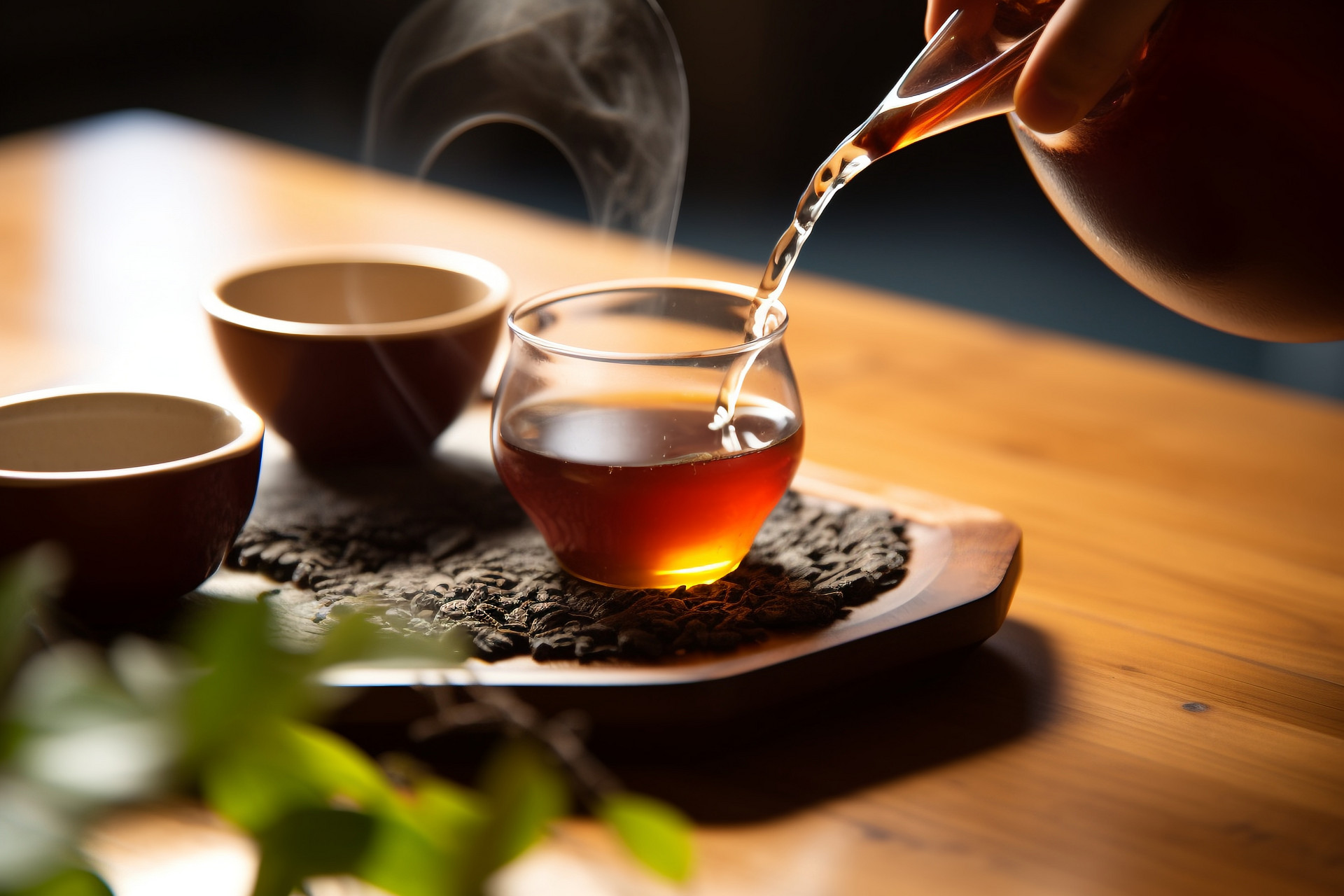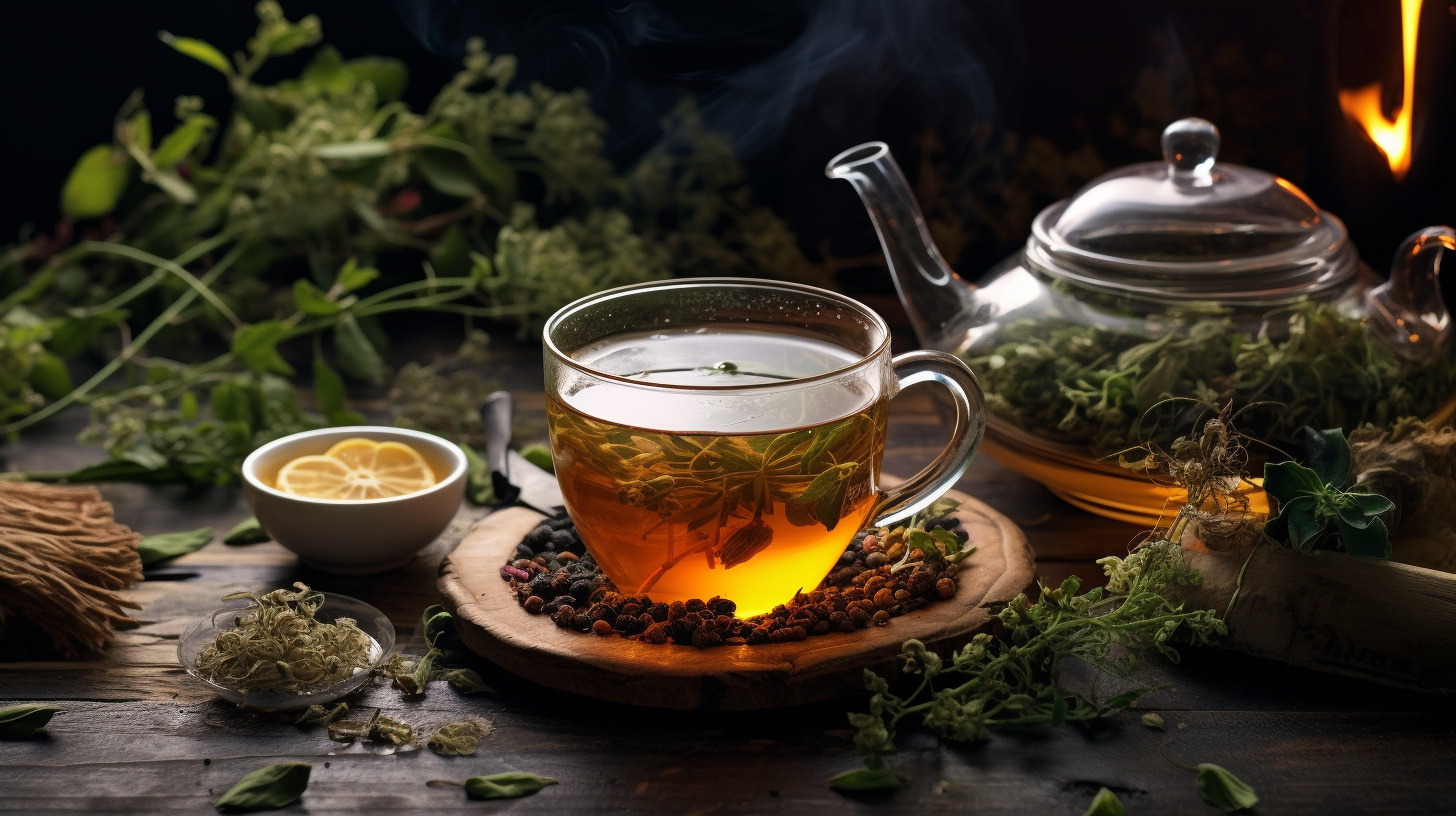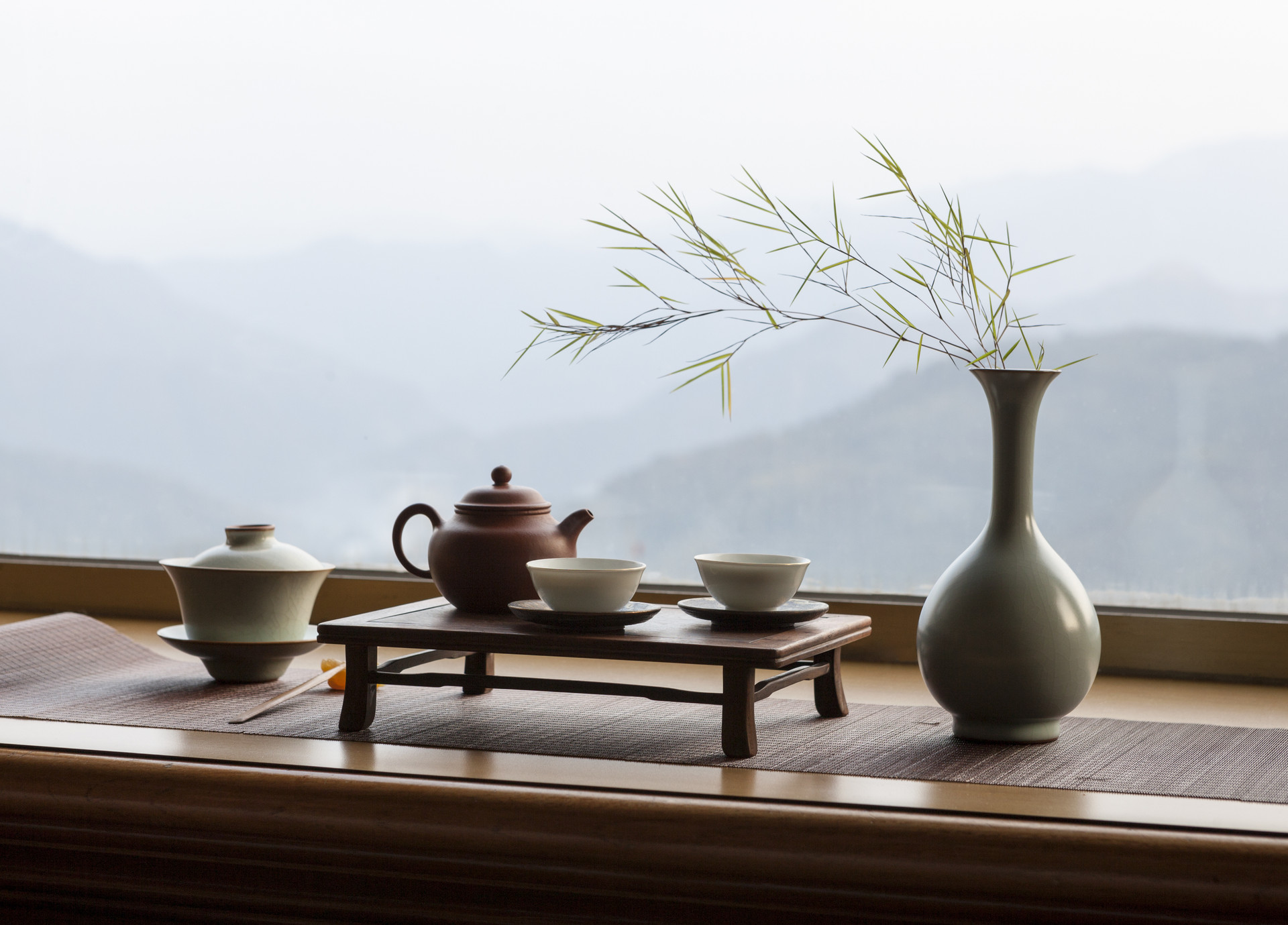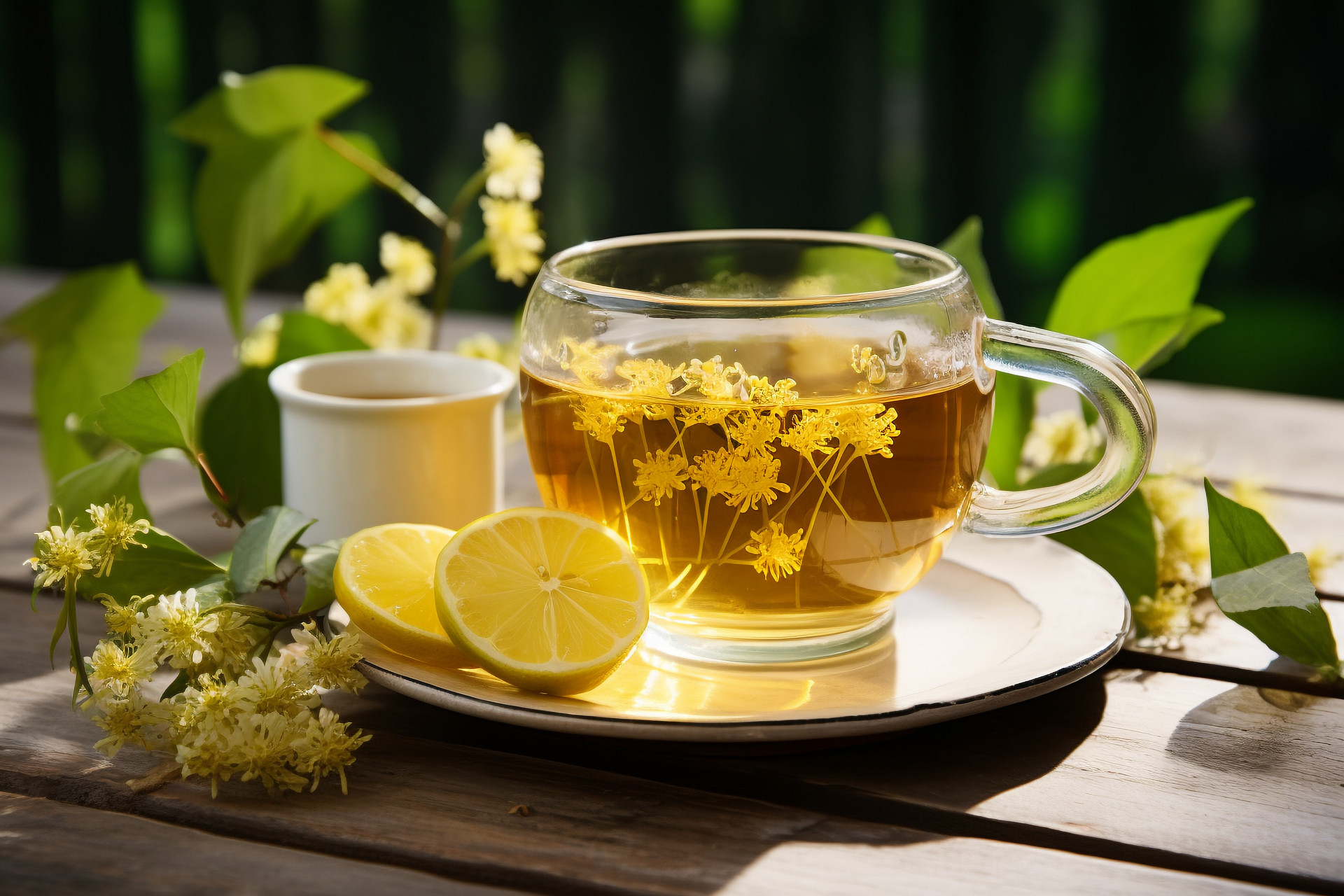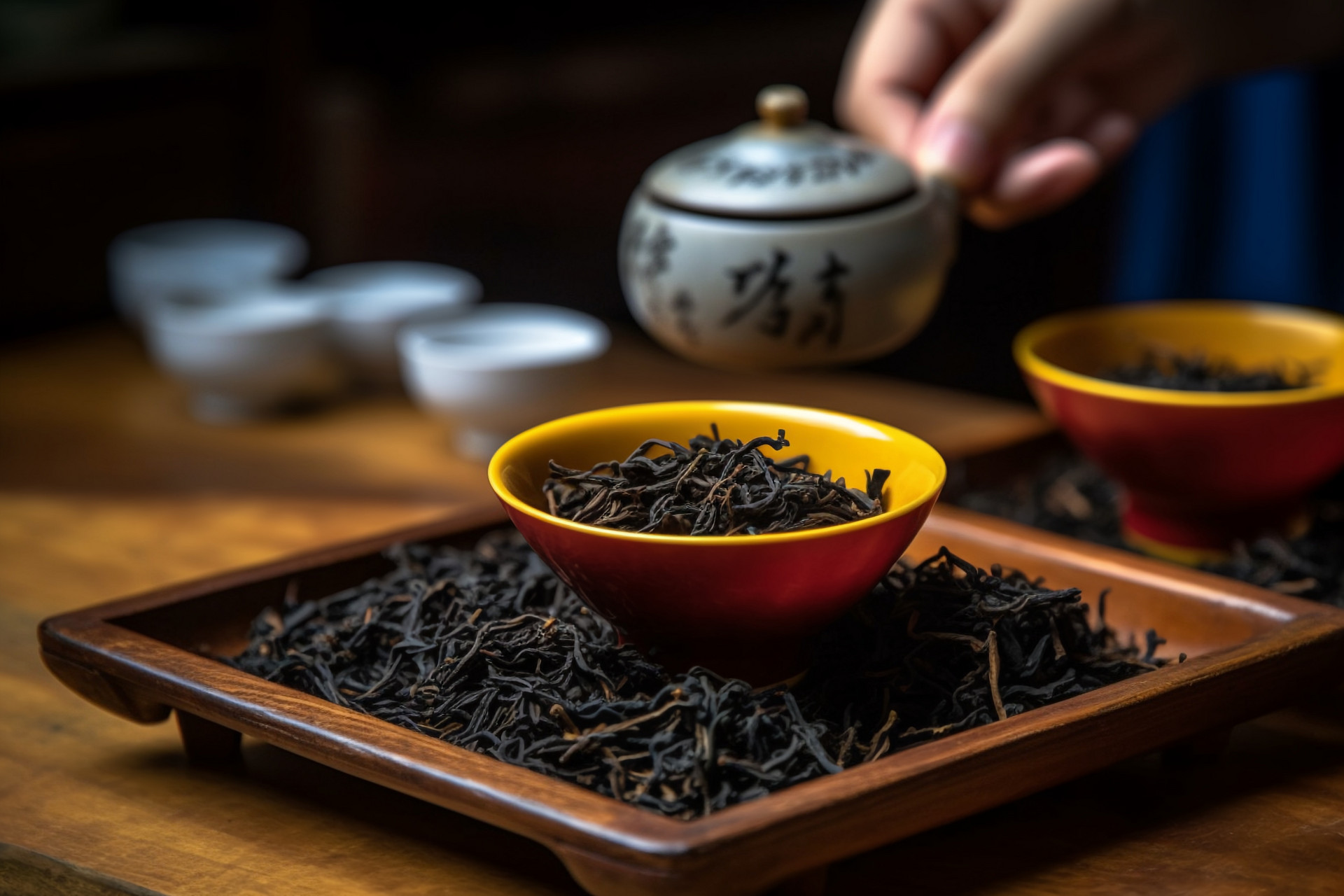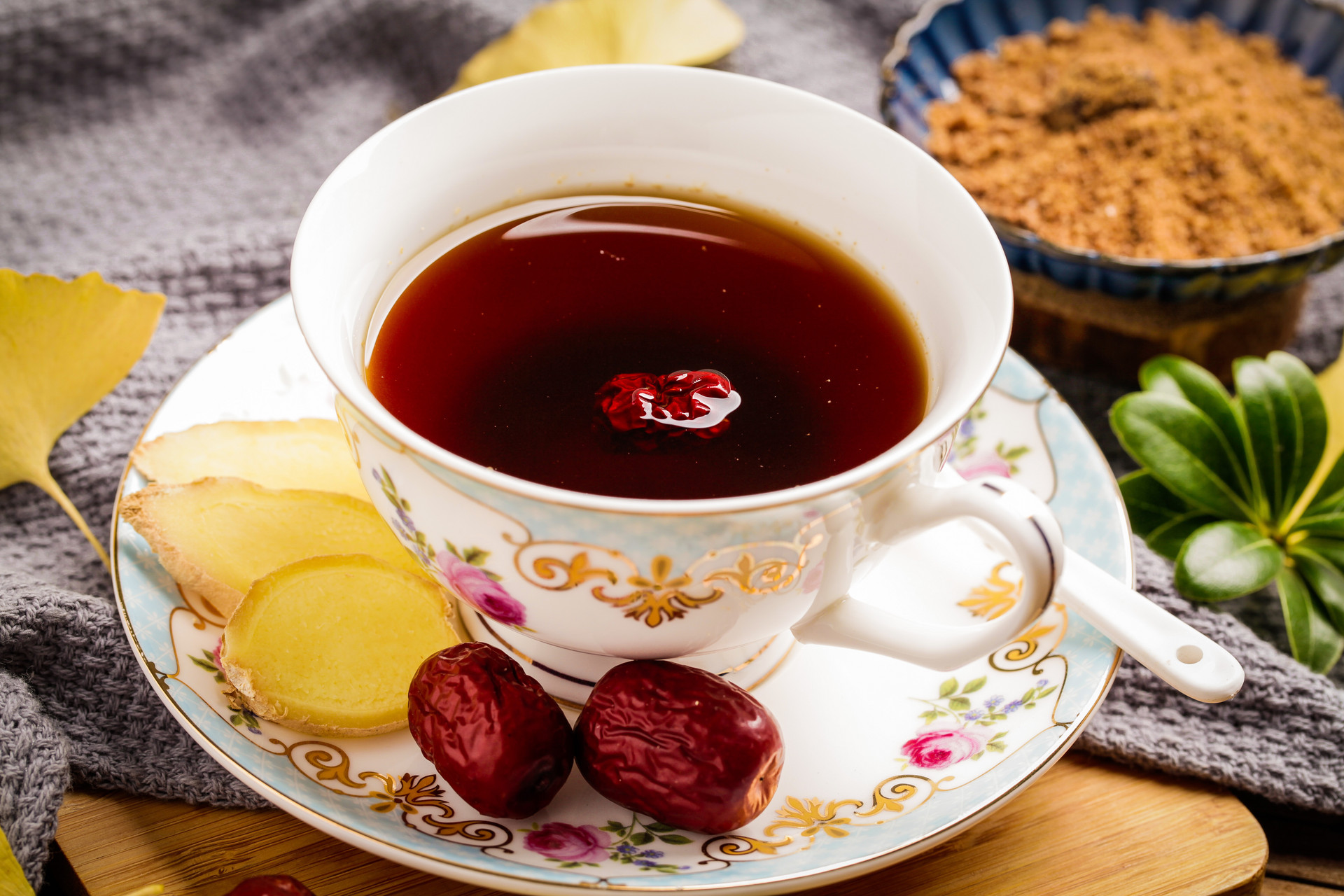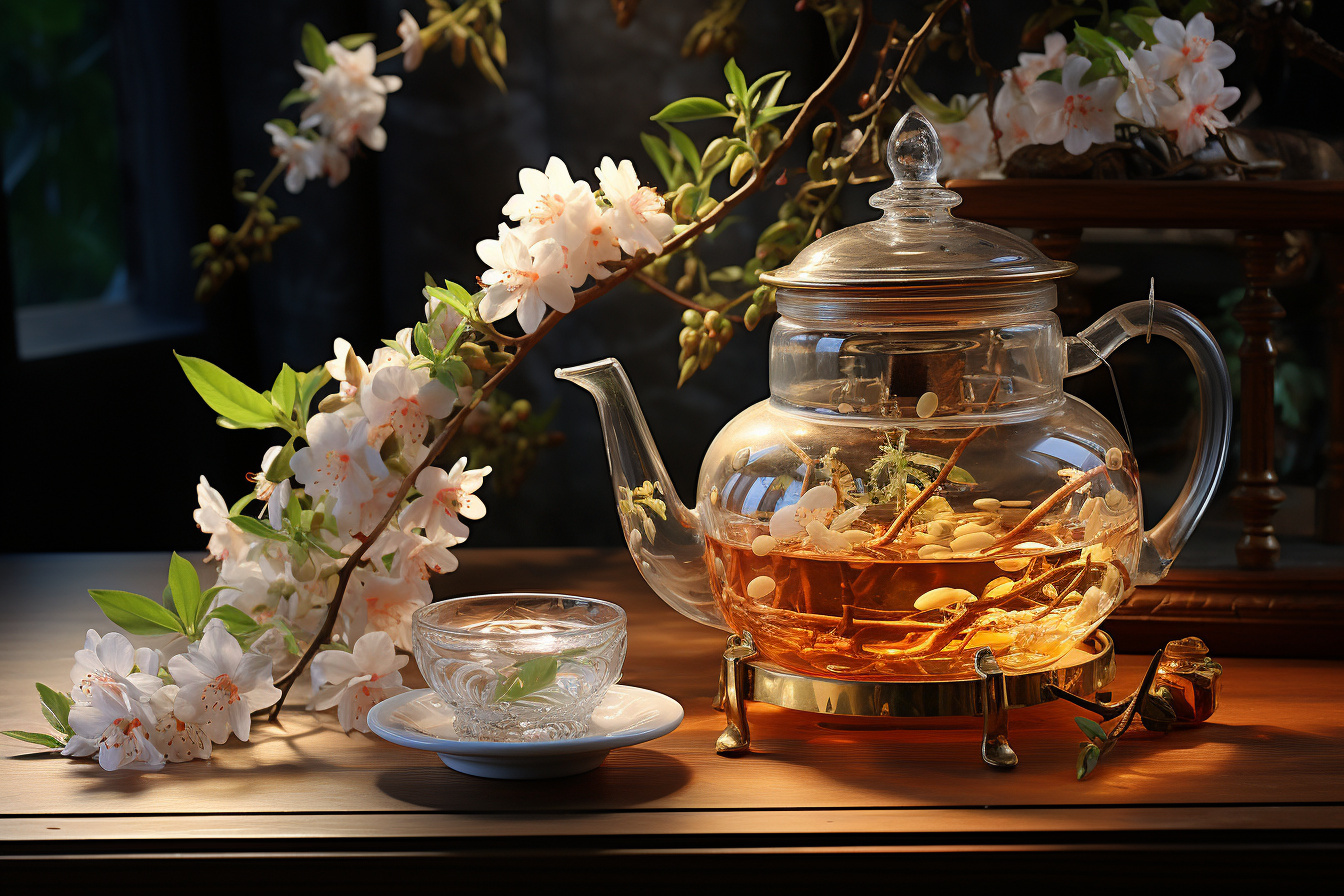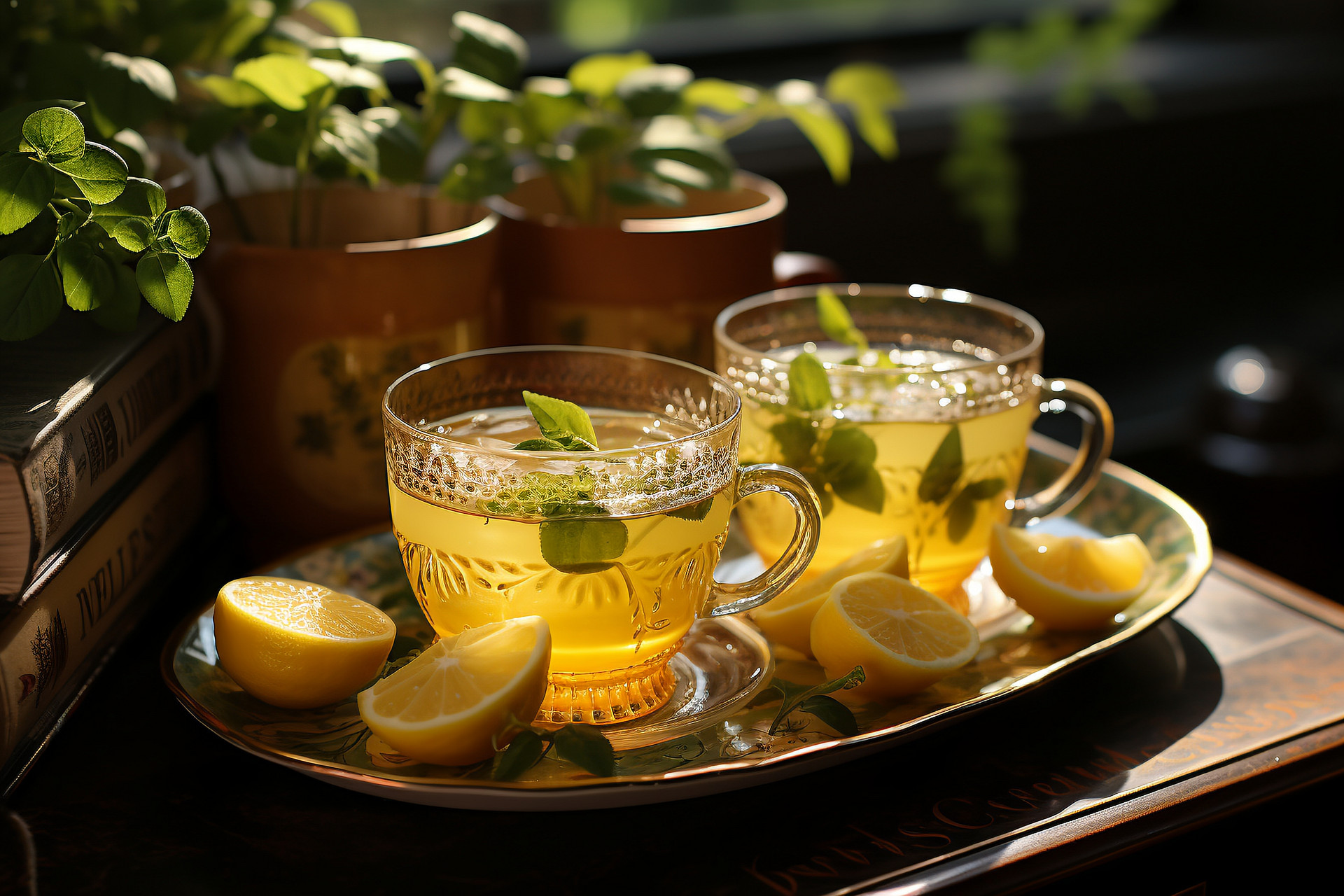Goji Berry Soaking Water
Introduction to Goji Berry Soaking Water:
Goji berry (Chinese Pinyin: gǒuqǐ) is a plant in the Solanaceae family of the Solanales order, and the fruit is called goji berry, while the tender leaves are called goji berry heads. The common species is Lycium chinense Miller, and the main medicinal species is Ningxia goji berry (Lycium barbarum L.). Goji berries are convenient for consumption and can be used as medicine, chewed, or soaked in alcohol. However, they should be avoided by those with external pathogens, heat excess, spleen deficiency with dampness, and diarrhea. "Compendium of Materia Medica" states that "long-term consumption strengthens the tendons and bones, lightens the body and delays aging, and is resistant to cold and heat." In traditional Chinese medicine, goji berries are commonly used to treat liver and kidney yin deficiency, soreness and weakness of the waist and knees, dizziness, forgetfulness, blurred vision with excessive tearing, excessive thirst, and nocturnal emission. Modern pharmacological studies have confirmed that goji berries can regulate the body's immune function, effectively inhibit tumor growth and cell mutation, delay aging, protect against fatty liver, regulate blood lipids and blood sugar, and promote hematopoietic function, and are applied in clinical practice.
Goji Berry Soaking Water Benefits:
Lowering blood sugar
Goji berry extract can significantly and persistently reduce blood sugar in rats, increase glucose tolerance, and has minimal toxicity. In addition, it also has anti-tumor and hematopoietic function-promoting effects.
Anti-fatigue effect
Effect of goji berry decoction on hydroxyproline content, hypoxia tolerance, and anti-fatigue effect in mice: Hydroxyproline is an amino acid derived from hydroxylation of proline in collagen fibers and proteins. During the aging process, due to inadequate oxygen supply, the hydroxylation process of proline is affected, resulting in a decrease in hydroxyproline content in collagen, leading to shrinkage and deformation of major organs and weight loss. Due to impaired lung function, vital capacity decreases, reserve capacity decreases, resistance decreases, muscle strength decreases, and tolerance to hypoxia and fatigue decreases. Therefore, hydroxyproline content is related to aging. Mice were orally administered goji berry decoction (13.23% concentration) at a dose of 0.3 ml/20g per day for 30 days, and the increase rate of hydroxyproline concentration compared to the control group was 15.49%. Mice were intraperitoneally injected with goji berry decoction at a dose of 0.3 ml/20g, and their tolerance to hypoxia was compared to the control group, with a survival time of 27.9±1.3 minutes, while goji berry decoction increased the survival time to 37.5±2.5 minutes. Anti-fatigue experiments also showed significant differences compared to the control group.
Anti-tumor effect
In vitro experiments have shown that goji berries and leaves have significant inhibitory effects on human gastric adenocarcinoma KATo-Ⅲ cells and human cervical cancer Hela cells. The mechanism of action mainly involves inhibiting cell DNA synthesis, interfering with cell division, and reducing cell proliferation capacity. Goji berry freeze-dried powder suspension, when used in combination with cyclophosphamide, protects against cyclophosphamide-induced leukopenia in rats with Walker tumor 256.
Identifying Toxic Goji Berries:
1. Appearance: Goji berries that are particularly bright red and shiny may be "toxic goji berries," while those with a slightly darker color and a hint of soil color are natural goji berries.
2. Touch: "Toxic goji berries" feel sticky when touched, while natural goji berries are relatively dry.
3. Taste: Put one in your mouth and chew it. Natural goji berries have a slightly sweet taste, while "toxic goji berries" have a strong sour and bitter taste.
Over-sulfur fumigation can make goji berries bright and red in appearance. When purchasing, attention should not be solely focused on appearance.
Storage Method:
Store in a cool, dry place, away from heat, moisture, and pests. Drying them out makes them easier to store. Goji berries packed in ordinary bags are usually 70% to 80% dry and should not be stored in large quantities. They may become sticky and deteriorate over time.


![[The Risks of Eating Hawthorn During Pregnancy]](https://tcmmaintenance.com/uploads/20240715/97742b67f97f94c495ae1389337c5c41.jpg)
